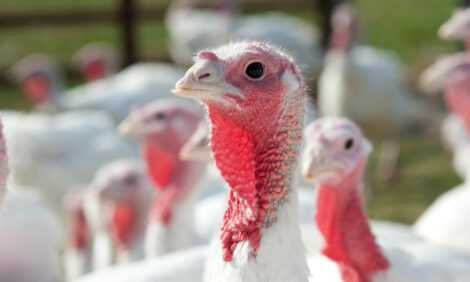



Salmonella Prevention Requires Teamwork Between Production and Processing
GLOBAL - Identifying the pathways of Salmonella contamination has poultry producers and processors looking for answers in every step of the process from the farm to table.“We know that Salmonella occurs naturally in the bird’s intestinal tract and lives there without harming the bird,” Chuck Hofacre, PhD, University of Georgia, told Poultry Health Today.
But during the processing stage, he added, bacteria can be transferred to poultry meat, especially poultry parts.
At the processing plant, USDA/FSIS routinely samples processed poultry for the presence of Salmonella. While numerous strains of Salmonella have been identified, not all pose a human-health hazard.
“Either Salmonella is present or it’s not,” Hofacre said. “FSIS testing doesn’t identify the strain or the relative amount of Salmonella present in a sample.”
Contamination often occurs through a broken intestinal tract or feather follicles in the wings. Poultry processors are working on environmental interventions in the plant to reduce bacterial contamination on whole birds and processed poultry parts.
Producers with high levels of Salmonella at the processing plant should work to reduce levels on their farms. “We know that Salmonella is passed from the hen to the chick so a strong vaccination program at the breeder level is an important first step,” Hofacre said.
In addition to vaccination, environmental interventions including rodent and insect control, water sanitation and dust control help to reduce Salmonella levels. Research shows that the bacteria can survive in dust and litter for several years potentially infecting new flocks of broilers.
While Salmonella itself is not necessarily a bigger threat in antibiotic-free production, uneven bird size at processing — a problem often seen in ABF flocks — may contribute to higher contamination levels of processed poultry.
According to Hofacre, studies show that increased variation in bird size at processing results in higher levels of Salmonella contamination.
Processing machines are standardized for a particular size and weight of bird, he explains. When birds outside those parameters are processed, it is more likely to see intestinal or crop breakage allowing for Salmonella contamination of the carcass.










